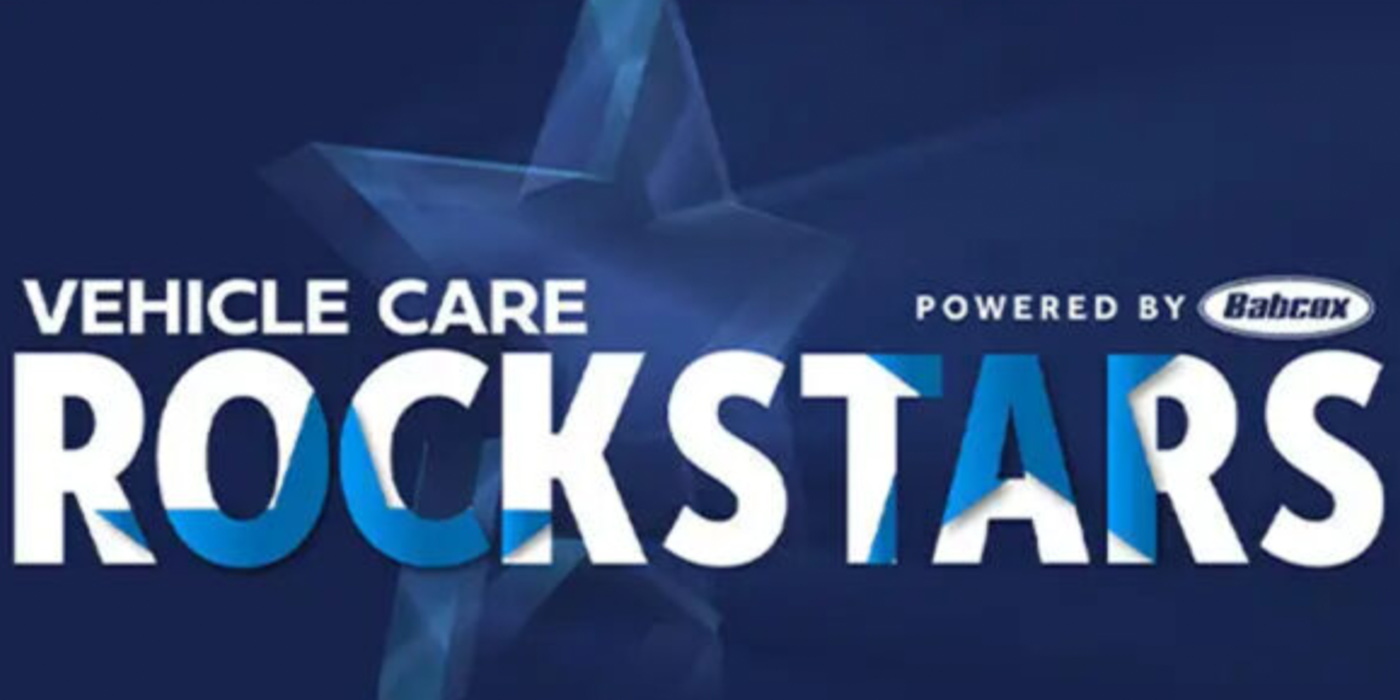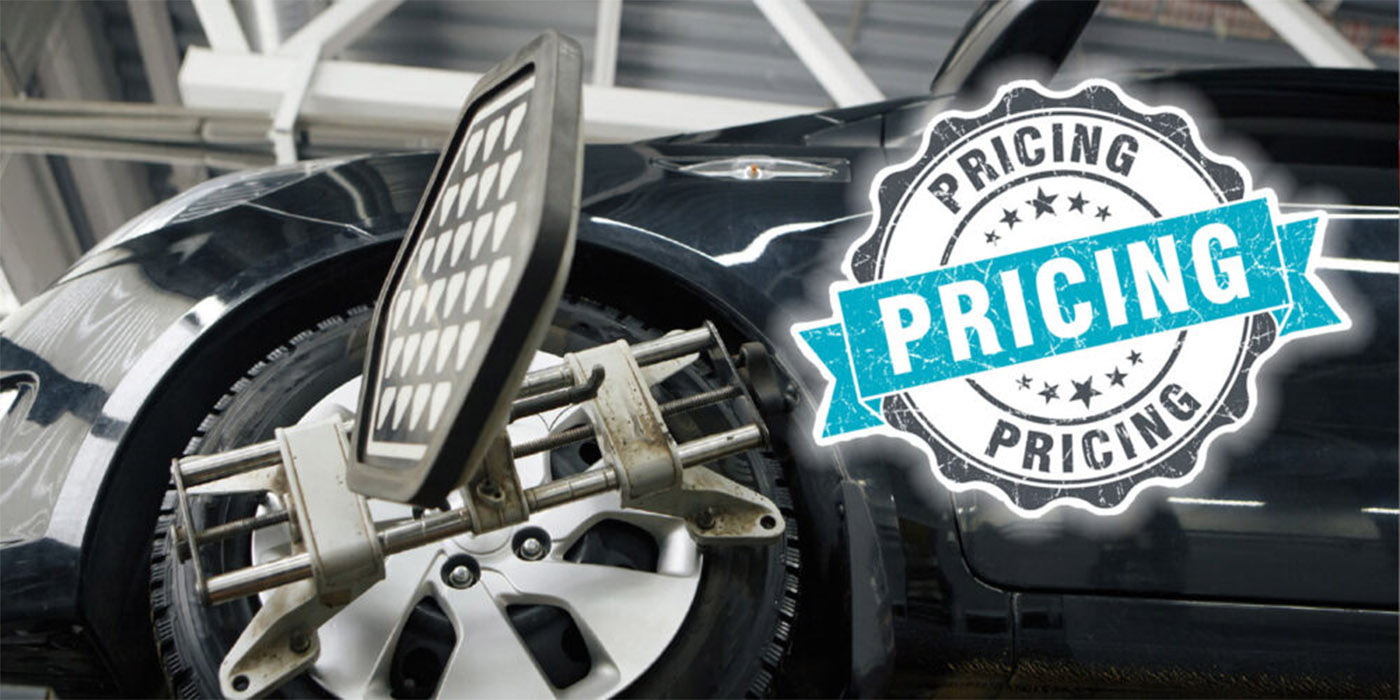At over 200 miles per hour, it’s easy to see the effect that steering and suspension components have on a vehicle’s performance. Your customers may not be driving a Formula 1 or Indy Car, but make no mistake, the parts on their vehicle are just as critical to safety and comfort.
Integral to its ride, handling, and safety, a vehicle’s steering system must be up to the job. Poor road conditions accelerate wear and can compromise stability and safety. That’s why an undercar inspection is so critical.
Be sure your technicians are up to speed on proper alignment procedures.
Of all the angles you’ll encounter with a modern alignment, toe is the most critical. The vehicle’s toe angle can change as weight shifts from the front or rear wheels. Engineers can tune the suspension geometry and toe to make the vehicle more stable under braking or initial turn-in. Some OEMs will specify a certain amount of positive or negative toe, and these toe specifications could take into account bushing deformation as the tire is pushed rearward as speeds increase. For some customers, a positive or negative total toe angle in the front or rear may make the vehicle more comfortable to drive.
It’s important to make sure the vehicle’s tie rods are close to the same length after the toe adjustment is made. When one tie rod is longer than the other, it can indicate suspension damage, such as a bent steering arm or knuckle. Or it could mean that, when the total toe was adjusted, the technician adjusted only one side to bring the vehicle into specification.
If an inner or outer front or rear tie rod or toe link is bent, don’t adjust or try to bend the component back into shape as its strength and structure have been compromised. Any further bending or heating will only damage it further.
Tie rod wear on the ball and socket occurs in a defined range of motion – typically in an oval pattern versus a perfect circle. If the suspension is at full droop, the ball and socket may feel like it has no play.
The “dry park” inspection method is the best way to check for excess wear of inner tie rod ends on steering rack. Place the vehicle on a drive-on lift and listen for a knocking or clicking noise as the steering wheel is turned. If the vehicle is on turn plates, have an assistant lock the steering and try to move the tire to detect any play. Remember, even small amounts of wear in each tie rod end can add up to a major variation in toe angle.
If a tech finds play at the inner tie rod, confirm that it’s the joint that’s worn and not the rack bushings. If the rack boot allows it, squeeze the boot to feel that the joint is the problem and the rack isn’t loose and moving in the housing.
The Number 1 killer of steering tie rods is damage to the boots. Once a boot is damaged, the joint becomes contaminated by dirt and debris that can wear the ball and socket. If you see a tie rod end with a damaged boot, recommend replacement of the tie rod.
Whether they’re driving on the streets of Dubai or Detroit, your customers expect their cars to perform flawlessly. Your teams’ expertise will help them stay on the straight and narrow.
For more information, visit DelphiAftermarket.com. This video is presented by The Group Training Academy.











